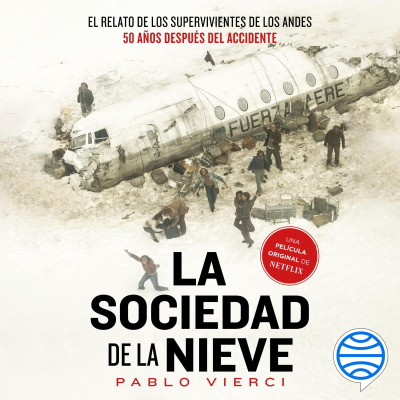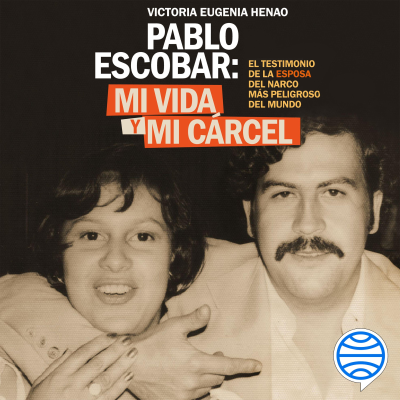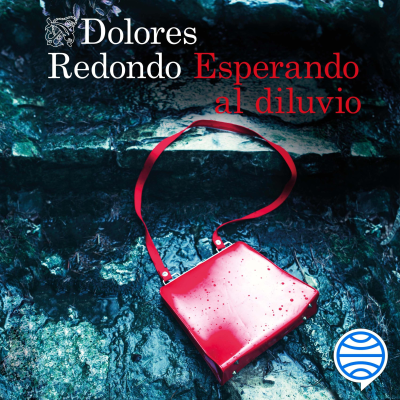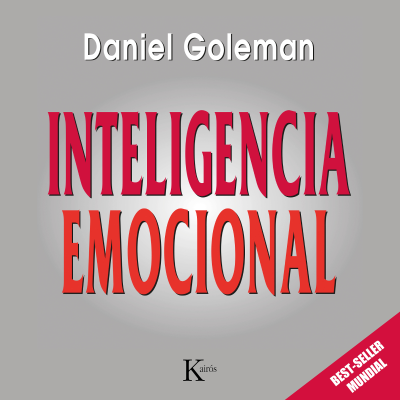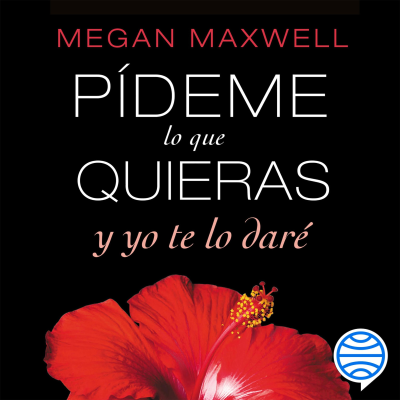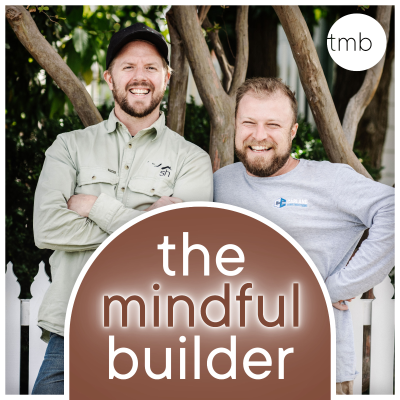
Mindful Builder
English
Culture & leisure
Limited Offer
1 month for 9 kr.
Then 99 kr. / monthCancel anytime.
- 20 hours of audiobooks / month
- Podcasts only on Podimo
- All free podcasts
About Mindful Builder
Join Matt from Carland Constructions and Hamish from Sanctum Homes in a podcast discussing sustainable building practices and passive house concepts. They also talk to experts from all avenues of the building industry to share their knowledge and insights on what the industry looks like today. Further to this, Matt and Hamish are building a platform through the podcast to discuss mental health issues that arise in the building industry. The industry can be quite negative at times and there is a great deal of stigma around what it means to be a "tradie". Matt and Hamish are here to shine a light of positivity on the industry and share relatable topics that will help you in your own building or construction business.
All episodes
98 episodes2026 Building Trends?
A couple of years ago, we weren't sure if a podcast focused on thoughtful, evidence-based building would resonate with Australia's construction community. Turns out, builders, architects, and clients were hungry for exactly this kind of conversation - real talk about what works, what doesn't, mental health challenges, and how to navigate the shifting landscape of codes, client expectations, and new technologies. This year's conversations revealed clear themes: passive house principles are entering everyday builder vocabulary, communication between teams makes or breaks projects, and learning new techniques while unlearning old habits is essential for industry evolution. The Mindful Builder community proved that Australia's building industry is ready for deeper conversations about construction quality, performance, and collaboration. Here's to another year of building better, together - with honest conversations, practical insights, and a community committed to raising standards across Australian construction. 👇 CHAPTER MARKERS 👇 00:00 Introduction and Reflections on 2025 01:55 Sponsorship and Future Plans 04:51 Personal and Professional Wins 06:35 Challenges and Learnings 13:09 Looking Ahead to 2026 16:51 Industry Trends and Predictions 22:25 Upcoming Events and Series 24:49 Closing Remarks and Holiday Wishes LINKS: Connect with us on Instagram: @themindfulbuilderpod [https://www.instagram.com/themindfulbuilderpod/] Connect with Hamish: Instagram: @sanctumhomes [https://www.instagram.com/sanctumhomes/] Website: [https://www.yoursanctum.com.au/]www.yoursanctum.com.au/ [http://www.yoursanctum.com.au/] Connect with Matt: Instagram: @carlandconstructions [https://www.instagram.com/carlandconstructions/] Website: [https://www.carlandconstructions.com/]www.carlandconstructions.com/ [http://www.carlandconstructions.com/]
How to Unite Architects & Builders
"Architects design things we can't actually build." We sat down with Saxon Hall, Principal Architect at Align Architecture, to tackle the age-old tension between architects and builders. Saxon's unique perspective as a carpenter's son gives him insight into both sides of this divide. In this episode, we explore why communication breaks down between architects and builders, and more importantly, how to fix it. Saxon shares his 'Align Build Collaboration' method that brings builders into projects from day one, the debate around tender vs negotiated contracts, and why energy-efficient design doesn't have to sacrifice aesthetics. Saxon's diverse experience across residential, heritage, and sustainable projects proves that when architects understand building practicalities and builders appreciate design intent, everyone wins. Key topics: • Why early builder involvement saves headaches • Tender processes vs negotiated contracts • The poetic nature of architecture meets practical building • Climate-adapted, sustainable design solutions • Balancing collaboration with contractual obligations 👇 CHAPTER MARKERS 👇 00:00 Introduction and Saxon's Background 01:52 Unique Projects in Tasmania 04:13 Path to Architecture 05:54 Builder-Architect Relationship 07:57 Early Contractor Involvement 09:30 Negotiated vs. Tender Contracts 16:03 Cost Estimation Challenges 30:13 Understanding Builder Transparency 31:45 The Importance of Real-Time Costing 33:47 Educating the Broader Community 34:08 Passive House Design Challenges 36:57 The Poetic Nature of Architecture 42:10 Collaborative Construction Processes 47:53 Balancing Tradition and Innovation 53:20 Engaging with Align Build LINKS: Align Build: https://align.build/ Connect with us on Instagram: https://www.instagram.com/themindfulbuilderpod/ Connect with Hamish: Instagram: https://www.instagram.com/sanctumhomes/ Website: [https://www.yoursanctum.com.au/]www.yoursanctum.com.au/ [http://www.yoursanctum.com.au/] Connect with Matt: Instagram: https://www.instagram.com/carlandconstructions/ [https://www.instagram.com/carlandconstructions/] Website: [https://www.carlandconstructions.com/]www.carlandconstructions.com/ [http://www.carlandconstructions.com/]
Warm vs Cold Roof - Beer and Building Science Australia
The conversation delves into the mould issues arising in bushfire zones, exploring how sealed environments contribute to the problem and the ongoing search for evidence to address these challenges. takeaways * The mould issue in roof spaces began in bushfire zones. * Sealing buildings to prevent embers can lead to mould problems. * Cold, bushy areas are particularly susceptible to mould. * There is a need for more evidence regarding mould issues. * Sealed environments create significant risks for mould buildup. * Using tools like Wufi can reveal disastrous conditions. * Building practices need to be reconsidered in bushfire zones. * Health risks associated with mould are a growing concern. * Awareness of mould issues is still limited among the public. * Addressing mould requires a collaborative effort among experts.
Why isn't passive house growing?
"The message that passive house is better, just isn't reaching people." We explore what actually happens when passive house ambitions meet the realities of Australian building sites - from the builder's perspective, the architect's challenges, and the client's concerns. Today we’re discussing what it means to design and build a passive house with Sven Maxa from Maxa Designs: the learning curves, cost considerations, and collaboration required to bridge the gap between high-performance building theory and practical execution. We break down what changes for builders tackling their first passive house spec, how architects balance performance with design, and what clients need to know before committing to passive house principles. This isn't about chasing certification badges - it's about understanding whether passive house standards can improve building performance without making life harder for everyone involved. Whether you're a builder considering your first passive house project, an architect integrating performance requirements, or a homeowner exploring energy-efficient building options, this conversation reveals the real-world challenges and opportunities of passive house construction in Australia. 👇 CHAPTER MARKERS 👇 00:00 Introduction and Sponsor Acknowledgment 01:54 Discussion on Passive House Adoption in Australia 02:40 Maxa Design's Experience with Passive House 03:19 Global Adoption of Passive House Standards 05:36 Challenges in Marketing Passive House 07:46 Cost Analysis and Financial Considerations 14:55 Personal Experiences with Passive House 26:00 The Importance of Certification and Quality Assurance 29:39 Outdated Building Codes and Industry Challenges 31:13 The Cost and Value of Certification 32:56 Integrating Certification Without Client Awareness 34:12 Design Documentation and Additional Costs 38:55 Real-World Examples and Feasibility Challenges 41:51 The Importance of Builder Engagement 46:23 Sustainability and Passive House Certification 51:26 Practical Advice for Aspiring Professionals 55:02 Conclusion and Contact Information LINKS: Maxa Designs: https://www.maxadesign.com.au/ Connect with us on Instagram: @themindfulbuilderpod [https://www.instagram.com/themindfulbuilderpod/] Connect with Hamish: Instagram: @sanctumhomes [https://www.instagram.com/sanctumhomes/] Website: [https://www.yoursanctum.com.au/]www.yoursanctum.com.au/ [http://www.yoursanctum.com.au/]
From a soccer world cup to carpenter
“I learned about discipline and resilience at a very young age, all because of this passion that I held. Those lessons have certainly translated into my adult life.” In this episode, we sit down with Sally former Matilda, now a carpenter and business owner, to explore what it’s really like to transition careers in the building and construction industry. Sally shares her story of moving from elite sport to the tools, overcoming injury, facing health challenges, and building a new path based on shifting values and a growth mindset. Whether you’re a mid-career tradie, thinking about a change, or just looking for inspiration, Sally’s journey is a powerful reminder that it’s never too late to start a new chapter. 👇 CHAPTER MARKERS 👇 00:00 – Introduction & Sally’s Early Sporting Life 02:15 – Chasing the Dream: From Backyard to World Cup 05:30 – The Pressure of Success & Early Retirement 08:10 – Identity Shift: “What Now?” After Sport 10:45 – Discovering Carpentry & Starting an Apprenticeship 13:20 – Breaking Barriers: Women in Construction 16:00 – Building Community & Handy Humans Collective 18:30 – Facing Adversity: Health Challenges & Resilience 21:00 – Redefining Success & Adapting to Change 23:15 – Mentoring the Next Generation 25:00 – Lessons for Tradespeople: Growth, Values & Community LINKS: Handy Humans: https://www.instagram.com/_handyhumans/ Connect with us on Instagram: @themindfulbuilderpod [https://www.instagram.com/themindfulbuilderpod/] Connect with Hamish: Instagram: @sanctumhomes [https://www.instagram.com/sanctumhomes/] Website: [https://www.yoursanctum.com.au/]www.yoursanctum.com.au/ [http://www.yoursanctum.com.au/] Connect with Matt: Instagram: @carlandconstructions [https://www.instagram.com/carlandconstructions/] Website: [https://www.carlandconstructions.com/]www.carlandconstructions.com/ [http://www.carlandconstructions.com/]
Choose your subscription
Limited Offer
Premium
20 hours of audiobooks
Podcasts only on Podimo
All free podcasts
Cancel anytime
1 month for 9 kr.
Then 99 kr. / month
Premium Plus
Unlimited audiobooks
Podcasts only on Podimo
All free podcasts
Cancel anytime
Start 7 days free trial
Then 129 kr. / month
1 month for 9 kr. Then 99 kr. / month. Cancel anytime.










